Table of content
White shrimp, known for their delicate flavor and tender texture, are a staple in seafood dishes worldwide. Whether you’re preparing a quick weeknight dinner or hosting a dinner party, mastering the art of boiling white shrimp is essential. The key to achieving perfectly cooked shrimp lies in understanding the ideal cooking time, which varies based on factors like size, freshness, and cooking method. This article delves into the science behind cooking white shrimp, provides precise timing guidelines, and shares expert tips to ensure your shrimp are never undercooked or rubbery.
Understanding White Shrimp: Species and Characteristics
Before diving into cooking times, it’s crucial to recognize the type of shrimp you’re working with. White shrimp (Litopenaeus setiferus) are native to the western Atlantic Ocean and the Gulf of Mexico. They are prized for their mild, slightly sweet taste and firm yet tender flesh. Unlike their pink or brown counterparts, white shrimp have a translucent appearance when raw and turn opaque pink when cooked. Their size typically ranges from small (51–60 per pound) to extra-large (16–20 per pound), with cooking times adjusting accordingly.
The Science of Cooking Shrimp: Why Time Matters
Cooking shrimp is a delicate balance between denaturing proteins (the process that makes seafood firm) and avoiding overcooking, which leads to a tough, rubbery texture. Shrimp cook rapidly because they are small and have low collagen content compared to meatier proteins like beef or chicken. The heat breaks down the proteins, causing the flesh to firm up and change color. Overcooking, however, squeezes out moisture, resulting in dryness.
Factors Affecting Cooking Time
- Size: Larger shrimp require more time to cook through.
- Freshness: Fresh shrimp cook slightly faster than frozen or previously frozen ones.
- Altitude: At high elevations, water boils at lower temperatures, increasing cooking time.
- Starting Temperature: Shrimp added to boiling water cook faster than those started in cold water.
Boiling White Shrimp: Step-by-Step Guide
Boiling is one of the simplest and most popular methods for cooking white shrimp. Here’s how to do it right:
Preparation
- Thawing: If using frozen shrimp, thaw them in the refrigerator overnight or under cold running water. Never thaw at room temperature to avoid bacterial growth.
- Deveining and Peeling: While optional, deveining removes the digestive tract, which can be gritty. Peeling is a matter of preference; cooked shrimp with shells on retain more flavor but are messier to eat.
Seasoning the Water
A flavorful cooking liquid elevates the shrimp’s taste. Use a large pot with:
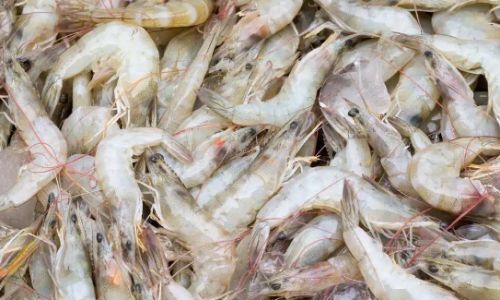
- 1 gallon of water
- 2–3 tablespoons of salt (to mimic seawater and enhance flavor)
- Optional add-ins: lemon slices, bay leaves, peppercorns, garlic, or Old Bay seasoning.
Bring the water to a rolling boil over high heat.
Cooking Time Based on Shrimp Size
- Small (51–60 per pound): 1–2 minutes
- Medium (41–50 per pound): 2–3 minutes
- Large (31–35 per pound): 3–4 minutes
- Jumbo (16–20 per pound): 4–5 minutes
Pro Tip: Start timing as soon as the shrimp hit the water. Overcrowding the pot lowers the water temperature, so cook in batches if necessary.
Testing for Doneness
- Visual Cues: Cooked shrimp turn opaque pink and curl into a loose “C” shape. Overcooked shrimp form a tight “O” shape.
- Texture Check: The flesh should feel firm but tender, not spongy.
- Internal Temperature: Use an instant-read thermometer; shrimp are done at 120°F (49°C).
Cooling and Serving
Immediately transfer cooked shrimp to an ice bath to halt cooking. This “shocking” preserves texture and color. Pat dry before serving.
Common Mistakes to Avoid
- Overcrowding the Pot: This lowers the water temperature, leading to uneven cooking.
- Using Cold Water: Starting shrimp in cold water increases cooking time and risks overcooking.
- Ignoring Size Variations: Mixing sizes in one batch results in some undercooked or overcooked shrimp.
- Skipping the Ice Bath: Failing to cool shrimp quickly can lead to mushiness.
Alternative Cooking Methods
While boiling is classic, other methods offer unique textures and flavors:
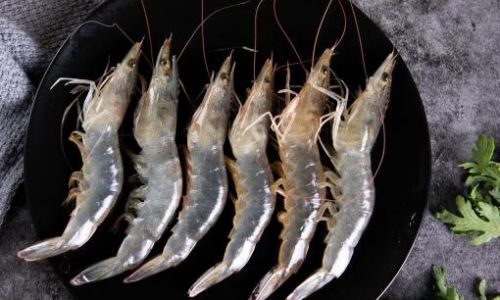
Steaming
Steaming retains more moisture than boiling. Use a steamer basket over boiling water and cook for the same times as boiling.
Sautéing
Heat oil in a skillet, add shrimp, and cook 2–3 minutes per side. This method adds caramelization.
Grilling
Thread shrimp on skewers and grill 2–3 minutes per side over medium-high heat.
Seasoning and Flavor Pairings
Boiled shrimp shine with simple seasonings:
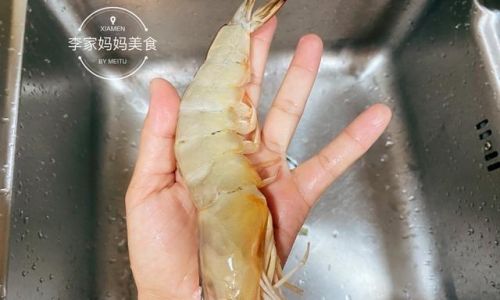
- Lemon and Butter: Toss cooked shrimp in melted butter, lemon juice, and garlic.
- Cocktail Sauce: Serve with ketchup, horseradish, and Worcestershire sauce.
- Herb Marinades: Marinate raw shrimp in olive oil, garlic, parsley, and red pepper flakes before cooking.
Storage and Reheating
- Refrigeration: Store cooked shrimp in an airtight container for up to 3 days.
- Freezing: Freeze in a single layer on a baking sheet, then transfer to a freezer bag for up to 3 months.
- Reheating: Gently reheat in a skillet with a splash of water or broth to prevent drying.
Nutritional Benefits of White Shrimp
White shrimp are low in calories (about 30 calories per ounce) and rich in:
- Protein: 6 grams per ounce.
- Omega-3 Fatty Acids: Supports heart and brain health.
- Vitamins and Minerals: High in selenium, vitamin B12, and phosphorus.
Sustainability Considerations
Opt for wild-caught white shrimp from the Gulf of Mexico or farmed shrimp certified by the Aquaculture Stewardship Council (ASC). Avoid imported farmed shrimp with questionable environmental practices.
Troubleshooting Guide
- Mushy Texture: Overcooked or thawed improperly.
- Fishy Taste: Shrimp were not fresh or were mishandled.
- Tough Texture: Cooked too long or at too high a heat.
Creative Recipes Using Boiled White Shrimp
- Shrimp Salad: Toss with celery, red onion, mayo, and lemon juice.
- Shrimp Tacos: Serve in corn tortillas with slaw and avocado crema.
- Shrimp Scampi: Sauté in garlic butter with white wine and red pepper flakes.
- Shrimp and Grits: Pair with cheesy grits and bacon.
Conclusion
Mastering the cooking time for white shrimp transforms a simple ingredient into a culinary delight. By understanding the nuances of size, freshness, and heat, you can ensure perfectly cooked shrimp every time. Whether boiled, steamed, or grilled, white shrimp’s versatility and delicate flavor make them a beloved addition to any meal. Experiment with seasonings and preparations, and soon you’ll find that cooking shrimp is less of a science and more of an art—one that rewards patience and attention to detail.
Final Tip: When in doubt, err on the side of slightly undercooking. Shrimp continue to cook off the heat, and a minute too long can mean the difference between tender and tough. With practice, you’ll develop an intuitive sense of timing, making your seafood dishes the highlight of any gathering.
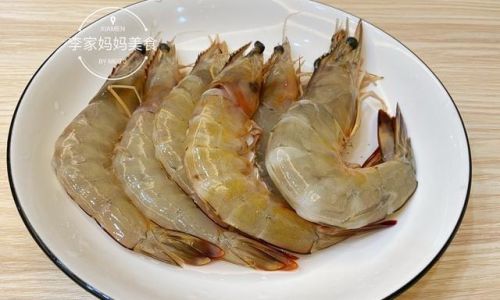
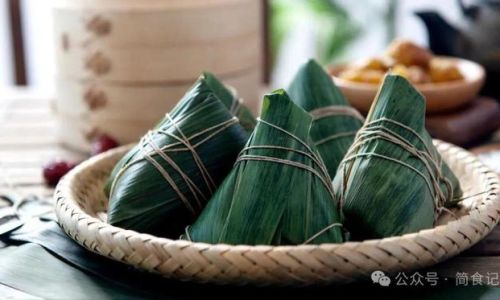
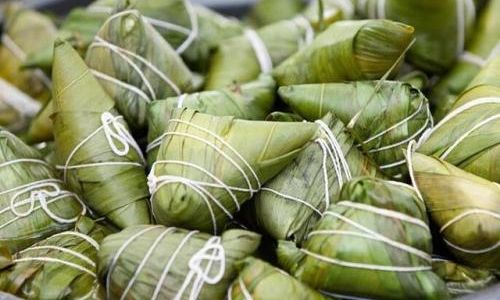
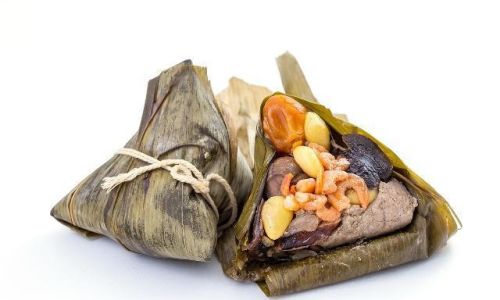
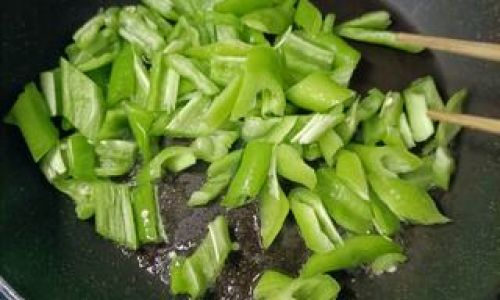
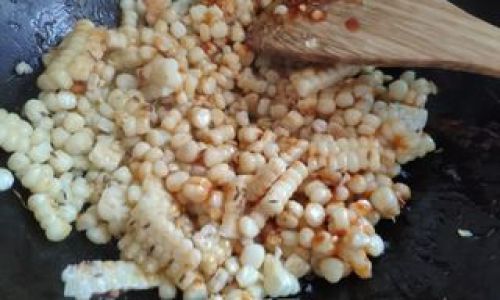
0 comments